Alireza Vahid
Mix-and-Conquer: Beamforming Design with Interconnected RIS for Multi-User Networks
Jul 15, 2024



Abstract:We propose a new reconfigurable intelligent surface (RIS) structure, referred to as interconnected RIS (I-RIS), which allows the RIS elements to be interconnected and share the incident signals using simple binary radio frequency (RF) switches and mix them into the reflecting signals. This structure enables multi-user scaling and requires fewer elements (i.e., a compact structure) compared to standard RIS (S-RIS), which assumes no interconnection between the elements. The I-RIS compact design makes it practical for deployment on space-limited nodes, e.g., unmanned aerial vehicles (UAVs). Hence, in this work, we propose a beamforming design based on I-RIS in a multi-user network, where we use binary RF switches as RIS elements. We show that our switch-based I-RIS offers a higher gain compared to an S-RIS using phase shifters. Finally, we introduce two optimization methods, sigmoid filled function (SFF) and semi-definite binary optimization (SBO), to optimize the RIS elements and evaluate their performance in terms of sum-rate and complexity.
Model-based Deep Learning for Rate Split Multiple Access in Vehicular Communications
May 02, 2024



Abstract:Rate split multiple access (RSMA) has been proven as an effective communication scheme for 5G and beyond, especially in vehicular scenarios. However, RSMA requires complicated iterative algorithms for proper resource allocation, which cannot fulfill the stringent latency requirement in resource constrained vehicles. Although data driven approaches can alleviate this issue, they suffer from poor generalizability and scarce training data. In this paper, we propose a fractional programming (FP) based deep unfolding (DU) approach to address resource allocation problem for a weighted sum rate optimization in RSMA. By carefully designing the penalty function, we couple the variable update with projected gradient descent algorithm (PGD). Following the structure of PGD, we embed few learnable parameters in each layer of the DU network. Through extensive simulation, we have shown that the proposed model-based neural networks has similar performance as optimal results given by traditional algorithm but with much lower computational complexity, less training data, and higher resilience to test set data and out-of-distribution (OOD) data.
Control and Placement of Finite-Resolution Intelligent Surfaces in IoT Systems with Imperfect CSI
Dec 16, 2022Abstract:In this paper, we study the advantages of using reconfigurable intelligent surfaces (RISs) for interference suppression in single-input single-output (SISO) distributed Internet of Things (IoT) networks. Implementing RIS-assisted networks confronts various problems, mostly related to the control and placement of the RIS. To tackle the control-related challenges, we consider noisy and local channel knowledge, based on which we devise algorithms to optimize the potentially distributed RISs to achieve an overall network objective, such as the sum-rate. We use a network with a centralized RIS as a benchmark for our comparisons. We further assume low-bit phase shifters at the RIS to capture real-world hardware limitations. We also study the placement of the RIS and analytically quantify the minimum required degrees-of-control for the RIS as a function of its location to guarantee a specific network performance metric and verify the results via simulations.
GreenMO: Virtualized User-proportionate MIMO
Nov 29, 2022



Abstract:With the turn of new decade, wireless communications face a major challenge on connecting many more new users and devices, at the same time being energy efficient and minimizing its carbon footprint. However, the current approaches to address the growing number of users and spectrum demands, like traditional fully digital architectures for Massive MIMO, demand exorbitant energy consumption. The reason is that traditionally MIMO requires a separate RF chain per antenna, so the power consumption scales with number of antennas, instead of number of users, hence becomes energy inefficient. Instead, GreenMO creates a new massive MIMO architecture which is able to use many more antennas while keeping power consumption to user-proportionate numbers. To achieve this GreenMO introduces for the first time, the concept of virtualization of the RF chain hardware. Instead of laying the RF chains physically to each antenna, GreenMO creates these RF chains virtually in digital domain. This also enables GreenMO to be the first flexible massive MIMO architecture. Since GreenMO's virtual RF chains are created on the fly digitally, it can tune the number of these virtual chains according to the user load, hence always flexibly consume user-proportionate power. Thus, GreenMO paves the way for green and flexible massive MIMO. We prototype GreenMO on a PCB with eight antennas and evaluate it with a WARPv3 SDR platform in an office environment. The results demonstrate that GreenMO is 3x more power-efficient than traditional Massive MIMO and 4x more spectrum-efficient than traditional OFDMA systems, while multiplexing 4 users, and can save upto 40% power in modern 5G NR base stations.
Ranking Recovery from Limited Comparisons using Low-Rank Matrix Completion
Jun 14, 2018
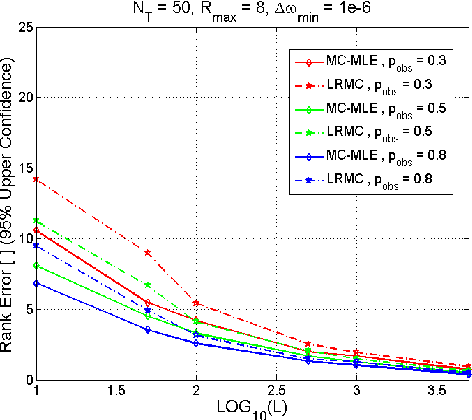
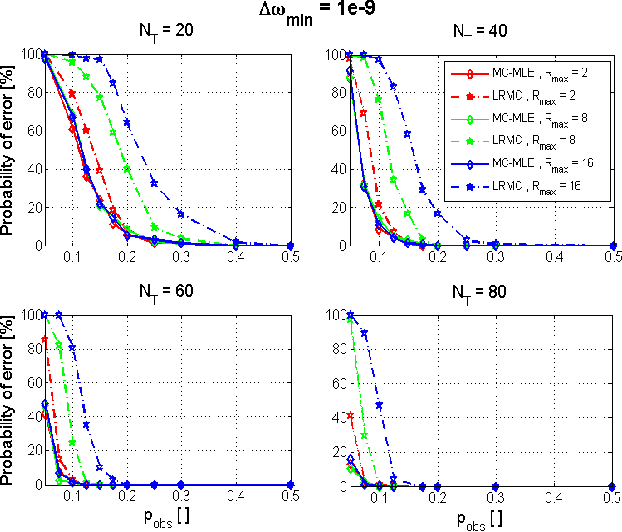

Abstract:This paper proposes a new method for solving the well-known rank aggregation problem from pairwise comparisons using the method of low-rank matrix completion. The partial and noisy data of pairwise comparisons is transformed into a matrix form. We then use tools from matrix completion, which has served as a major component in the low-rank completion solution of the Netflix challenge, to construct the preference of the different objects. In our approach, the data of multiple comparisons is used to create an estimate of the probability of object i to win (or be chosen) over object j, where only a partial set of comparisons between N objects is known. The data is then transformed into a matrix form for which the noiseless solution has a known rank of one. An alternating minimization algorithm, in which the target matrix takes a bilinear form, is then used in combination with maximum likelihood estimation for both factors. The reconstructed matrix is used to obtain the true underlying preference intensity. This work demonstrates the improvement of our proposed algorithm over the current state-of-the-art in both simulated scenarios and real data.
Kernel Pre-Training in Feature Space via m-Kernels
May 21, 2018
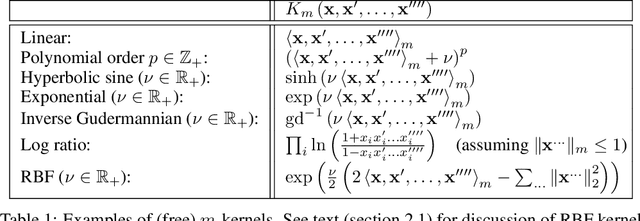

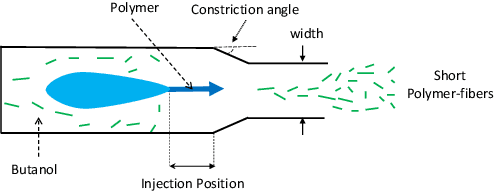
Abstract:This paper presents a novel approach to kernel tuning. The method presented borrows techniques from reproducing kernel Banach space (RKBS) theory and tensor kernels and leverages them to convert (re-weight in feature space) existing kernel functions into new, problem-specific kernels using auxiliary data. The proposed method is applied to accelerating Bayesian optimisation via covariance (kernel) function pre-tuning for short-polymer fibre manufacture and alloy design.
Covariance Function Pre-Training with m-Kernels for Accelerated Bayesian Optimisation
Mar 13, 2018

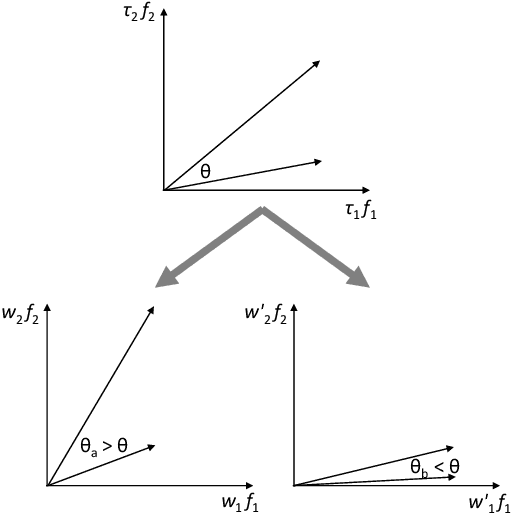
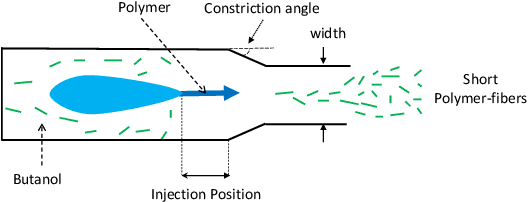
Abstract:The paper presents a novel approach to direct covariance function learning for Bayesian optimisation, with particular emphasis on experimental design problems where an existing corpus of condensed knowledge is present. The method presented borrows techniques from reproducing kernel Banach space theory (specifically m-kernels) and leverages them to convert (or re-weight) existing covariance functions into new, problem-specific covariance functions. The key advantage of this approach is that rather than relying on the user to manually select (with some hyperparameter tuning and experimentation) an appropriate covariance function it constructs the covariance function to specifically match the problem at hand. The technique is demonstrated on two real-world problems - specifically alloy design and short-polymer fibre manufacturing - as well as a selected test function.
 Add to Chrome
Add to Chrome Add to Firefox
Add to Firefox Add to Edge
Add to Edge